March. The beginning of autumn. The last week or two have still been mostly very hot days but with somewhat cooler nights. February has been another very dry month - we had two brief patches of rain and that was it. This is also the time of year of much harvesting and preserving or putting food up for storage in various ways. Work and life have been very busy, but I've managed to make a little progress here and there in the garden. Let's take a wander....
Since last month's pics, the bed shown above has had the major middle section of it refreshed, no-dig style. I pulled out the shallots that were there, laid cardboard down. used some posts I got from a guy who was dumping them at the local tip to create some temporary edges, spread compost on top, and topped off with wood chip. The intention here is simply to feed the soil and suppress weeds, knowing I wouldn't be planting here for a couple of months yet, as I wanted to let the self-sown choko that was on the right edge grow - I moved onto the space the growing frame I made from various dump finds some years ago, and the choko is now happily growing up it, and just beginning to flower. Some more pics of this being done below. At the front end of this bed are zinnia (bees and butterflies are loving them) and chives, and a few other bits and pieces I needed to plant - a dahlia, a self-seeded marigold, a couple of geraniums and a daisy grown from cutting this season etc. At the far end are still my marshmellow plants, with some beetroot and kohl rabi behind and under them.
Now starting to try and encroach on the above is my pumpkin patch (below). Still pumping out flowers and new fruits, there are lots of really big pumpkins hiding under there.
I sowed Whangaparoa Crowns on one half, but most of the fruits look more like Jarrahdale or similar, being more grey-green with deeper groves than the usually light grey W.Cs. As long as they taste good! My hybrid Pink Banana Jumbos in the back half are all producing well, with a few of the longer fruits typical of PBJs, but most being the rounder shape I expected.
Some of the older leaves that are underneath and shadowed by the younger ones are just starting to show the first signs of powdery mildew, right on cue. By that I mean, I find it's normal for curcubits (pumpkins, squash, cucumbers, zucchini etc) to get powdery mildew at the end of the season as they start to decline. Healthy, well fed plants should not succumb to it during their prime, but as they age (like most of us) they weaken and become vulnerable. I don't do anything about it - as I've found in the past that's a complete waste of effort. I expect it will run it's course and by about the end of this month the plants will all be dead, revealing all the mature pumpkins that are currently hidden from view, which is always exciting :-). Someone asked me today whether I should take off the flowers that are still coming up. My answer is no - the bees are loving them; from no honeybees only a month ago, my garden is now swarming with them. It's very common to see 3-4 honeybees and a bumble bee all in the same pumpkin flower together, or as in the pic below, two bumbles and a honeybee. There were several flowers close together, all similarly laden.
The zucchini in the middle of the pumpkin patch have been pumping. I wade in there once a week or so and harvest. I'm happy to let most of the fruit grow to marrows, which I like to use to make big batches of pasta sauce, and which also store well out of the fridge, in which I have severely limited space. We can only eat so many zucchini. The pictures below are from one picking, along with some tomatoes and cucumbers from the greenhouse. The watermelon, however, aren't doing well - it was a mistake to plant them there, as I can't easily access them for regular watering, which they need. The pumpkins have been fine with only one watering since they started to sprawl, as they have much deeper root systems, but the watermelon needed less crowding and more water.
A couple of weeks ago I picked my Damson plum crop. It's just a little tree, which I keep pruned small so I can reach everything from the ground, but it produces prolifically! I turned this lot into a mixture of jams, bottled fruit (some just plums, some in combo with mixed berries and chokos, and some more in combo with feijoas) and some plum and feijoa jelly, as well as giving some away.
| Because I had a lot to get through and limited time, this year I did the following: For most of the fruit, I washed it, removing any stems, then put (in batches) into a big pot with an inch or so of water to start it off, bought to the boil and cooked until soft enough to mash. Mashed, then used the back of a spoon to press the flesh through the largest food mill "sieve" I have (couldn't use the normal winding part of the mill as the stones just jammed it up), then picked out all the stones with a spoon before adding the skins back to the fruit. I then went ahead with whatever I was going to make. I did remove stones from raw fruit by hand for the feijoa and plum combo, but then decided I just don't have time. The downside of doing it this way is the stones can make the fruit taste more bitter, but it's fine for making sweeter things like jams etc. | I made two different lots of jam - one like normal, the other with less sugar and deliberately aiming for a softer, less set jam. That's because those jars will be used again to make dressings and plum sauce down the track, but I didn't have time for that now; making the soft jam as a base saves time and gets it all preserved. Not that it has to be soft; just didn't seem necessary to cook as long, but at the end of the day it set pretty well anyway, as damsons are high in pectin. |
Wanting to try something a bit different to use on porridge or cereal and also use up things from the freezers, I defrosted a bag of mixed berries from the freezer as well as a bag of diced chokos, and cooked those up with some plums, adding some honey to sweeten to taste before bottling.
I also defrosted a container of last year's feijoas and cooked those up with some plums and a little sugar. When I bottled them, there was quite a lot of left over liquid, so I strained it through a muslin cloth and turned it into jelly, just because I could. Looks gorgeous.
I also bottled some plain stewed plums with some honey to sweeten a bit, but left deliberately quite tart. Later I plan to add to this with stewed apples or other fruits and rebottle or make into pies or whatever. I can adjust the sweetness accordingly.
Also pictured above is a batch of cucumber pickle I made at the same time, to use up the cucumbers my neighbour gave me as hers started producing before mine.
Use the slideshow below for closer pics of each product.
I also defrosted a container of last year's feijoas and cooked those up with some plums and a little sugar. When I bottled them, there was quite a lot of left over liquid, so I strained it through a muslin cloth and turned it into jelly, just because I could. Looks gorgeous.
I also bottled some plain stewed plums with some honey to sweeten a bit, but left deliberately quite tart. Later I plan to add to this with stewed apples or other fruits and rebottle or make into pies or whatever. I can adjust the sweetness accordingly.
Also pictured above is a batch of cucumber pickle I made at the same time, to use up the cucumbers my neighbour gave me as hers started producing before mine.
Use the slideshow below for closer pics of each product.
Getting back to the garden....there will be lots more fruits to harvest soon...Click on the small photos below to see some of them via the slideshow.
This compost pile is nearly as full as it's going to get - since taking the pic I've added another brown layer on top - just waiting for some rain to give it a good wetting and then I'll cover and leave it, and start another pile. I'm aiming to produce as close to 3-4 cubic metres of compost as I can this year.
When mowing the lawns I left this patch of clover for the bees, along with plants that are around the edges of the pumpkin patch. It won't take long for the clover in the rest of the lawn to spring back to flowers, and once it does I'll mow this patch.
Five varieties of potatoes in pots next to the bed with the choko are doing well.
Now to the greenhouse...slideshow with captions below.
And in the front garden (below)...over the last weekend of the month I started working on this....laying cardboard down after roughly weeding this bare part (and also removing a wooden edged garden bed that was there). More posts from the dump and old timber we had lying around form the edge of where I want to put a garden bed.
About 3 inches of compost added
I've started to lay woodchip on the paths. Bee boxes added in the foreground will be filled with soil, topped with compost, and planted in beneficial flowers for now. Later I'll remove the boxes, add an edging, and plant strawberries along there. The space this side of the bee boxes is full of couch and buttercup - I'm going to lay the plastic down to kill that off before I finish expanding the gardens to fill the available space - there is a fence off frame to the left that divides this area from a rough lawn that the sheep graze; I want the fence re-done with a deep root barrier below it to stop the weeds spreading back in.
In the past week I've, taken out most of my year-old broccoli and kale plants, leaving in two broccoli to flower for the bees, and couple of kale stubs to regrow. I'm thinking now though I may clear them all together. The late planted zucchini in the middle is doing well. This bed will get an inch of compost added as a much before planting out new seedlings that are nearly ready to go.
These pics below were taken on 21/2 - these plants were put in last March and have been steadily producing heads and side shoots ever since. I've just got tired of broccoli and it's time to make room for something else. Besides I have more broccoli a couple of beds over. As you can see I haven't been keeping up with picking them.
Really pleased with how my Russian Silvery Fir bush tomatoes are doing under the micromesh - lots of fruit forming - even some at the far end that are becoming red. Lettuces planted along each long side are also doing well. This is definitely proving to the be the best (basically only!) way to successfully grow this variety of tomatoes.
The messy bed at the end - producing lots of broccoli, lettuce, spring onions, celery and perpetual spinach. But needs the nets removing and a good weeding!
Sweetcorn and marigolds coming along nicely. Need to pop in some pea seed along the base of the trellis soon. The corn was a late addition, but hope to get some nice cobs from it.
Sage, mint, stevia and perpetual spinach along the back edge. Where the stool is I'm going to add some thymes that are growing in my kitchen currently.
More bottling - the Garden Goodies Pasta Sauce is what I use lots of marrows and tomatoes in, along with lots of other goodies as the name suggests. And my pickled cucumbers are always big favourites.
There's always more to see, but I'm going to sign off here and go set up another batch of pasta sauce to cook. I've got beef stock loaded with veges simmering in the crockpot, and I'm going to brine a rooster to tenderise it before slow cooking. I better check the sauerkraut that is fermenting on the bench too.
I'll leave you with a pic of the first harvest of nectarines from a seedling my son dug up from the side of the road, that had sprung from a discarded pit, and I've had sitting in a pot ever since. This winter I plan to plant it out, along with more fruit trees, in part of where my pumpkin patch currently is. They were yum!!
I'll leave you with a pic of the first harvest of nectarines from a seedling my son dug up from the side of the road, that had sprung from a discarded pit, and I've had sitting in a pot ever since. This winter I plan to plant it out, along with more fruit trees, in part of where my pumpkin patch currently is. They were yum!!
Happy gardening everyone!
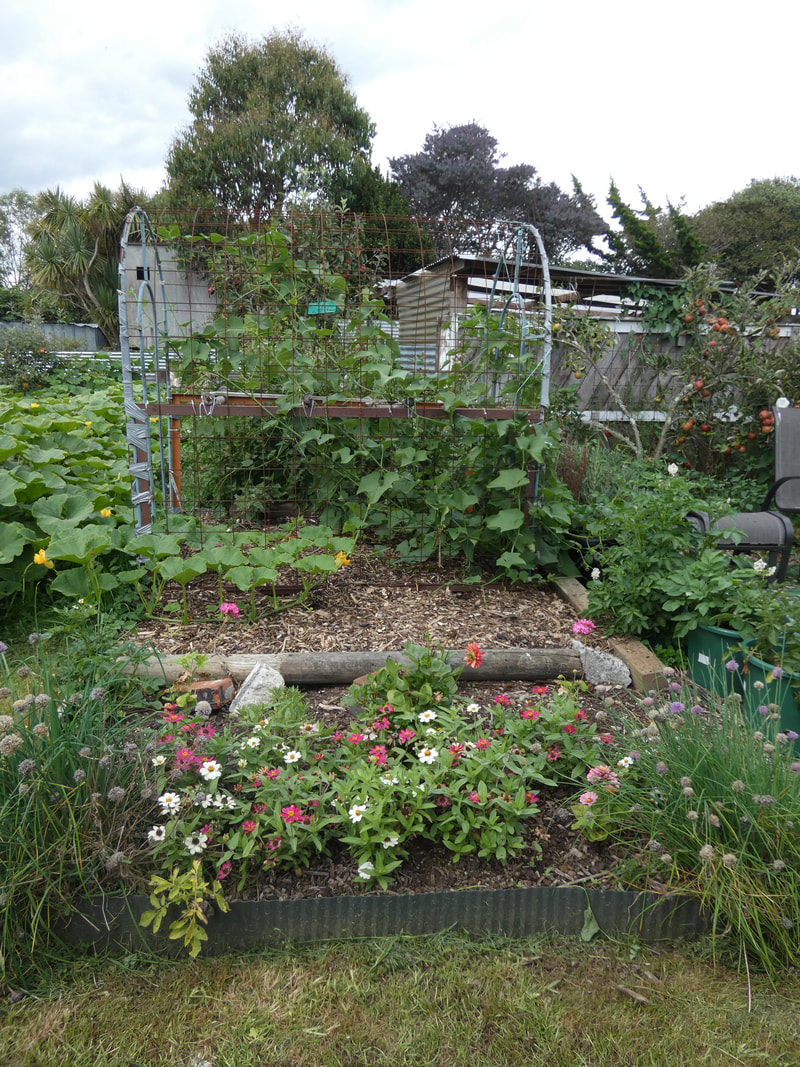
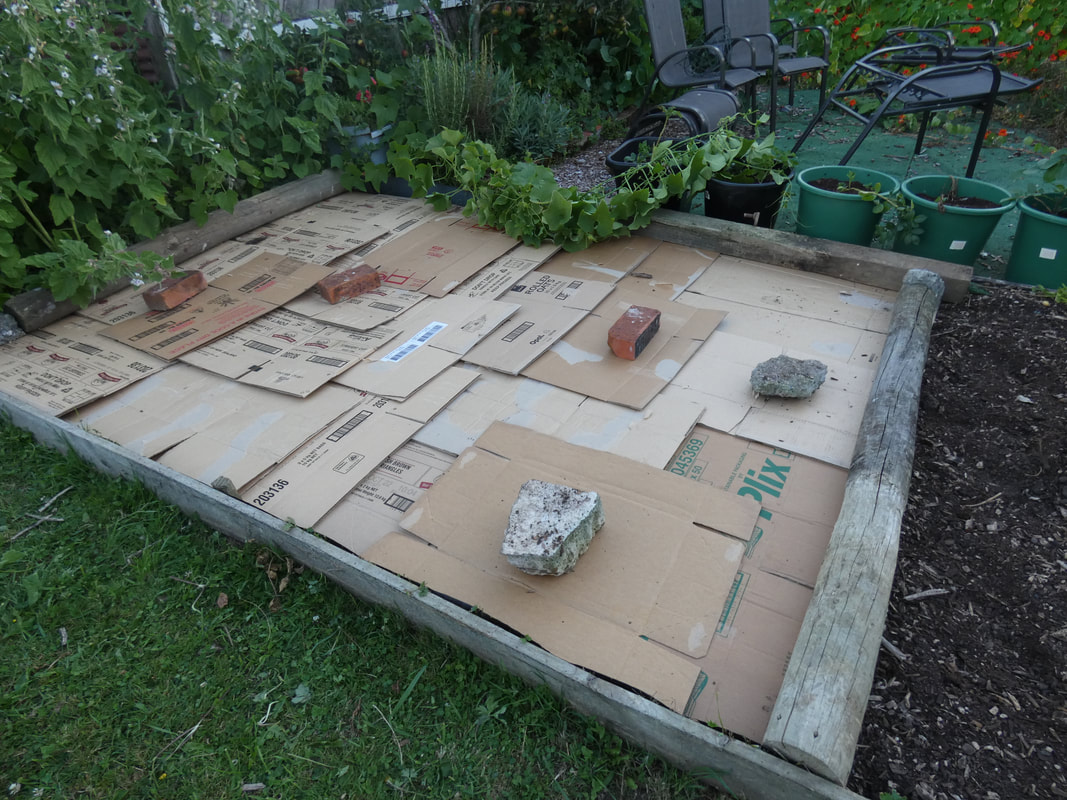
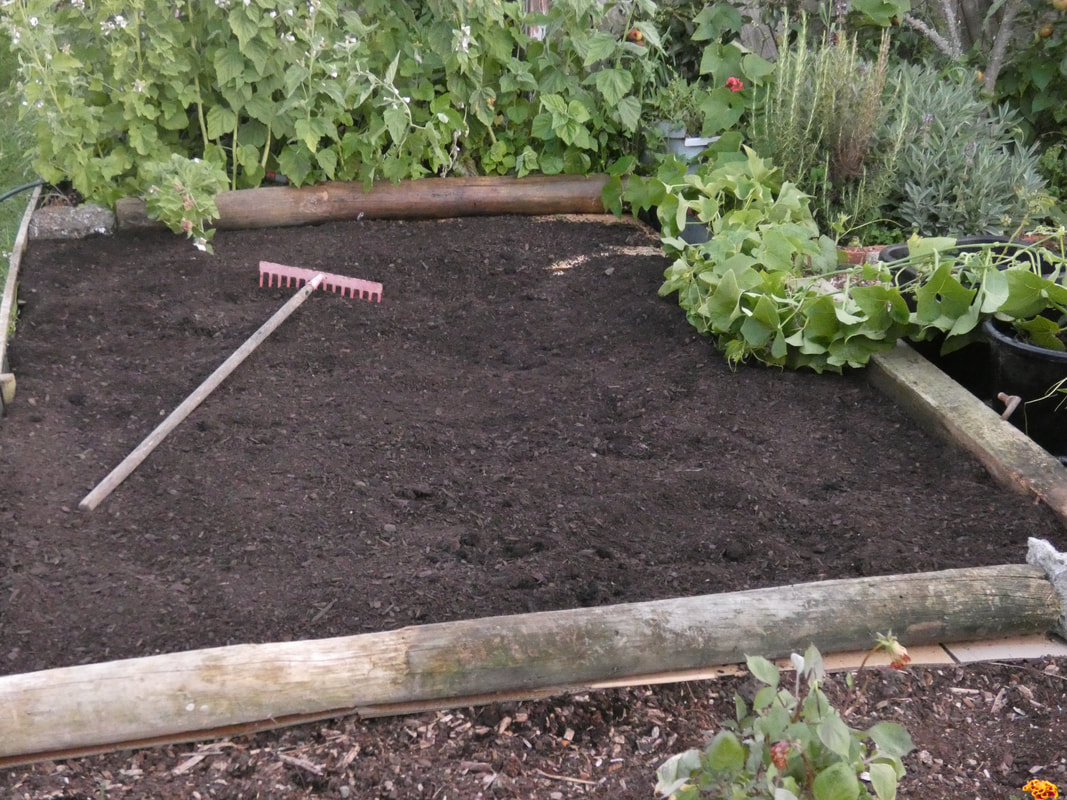
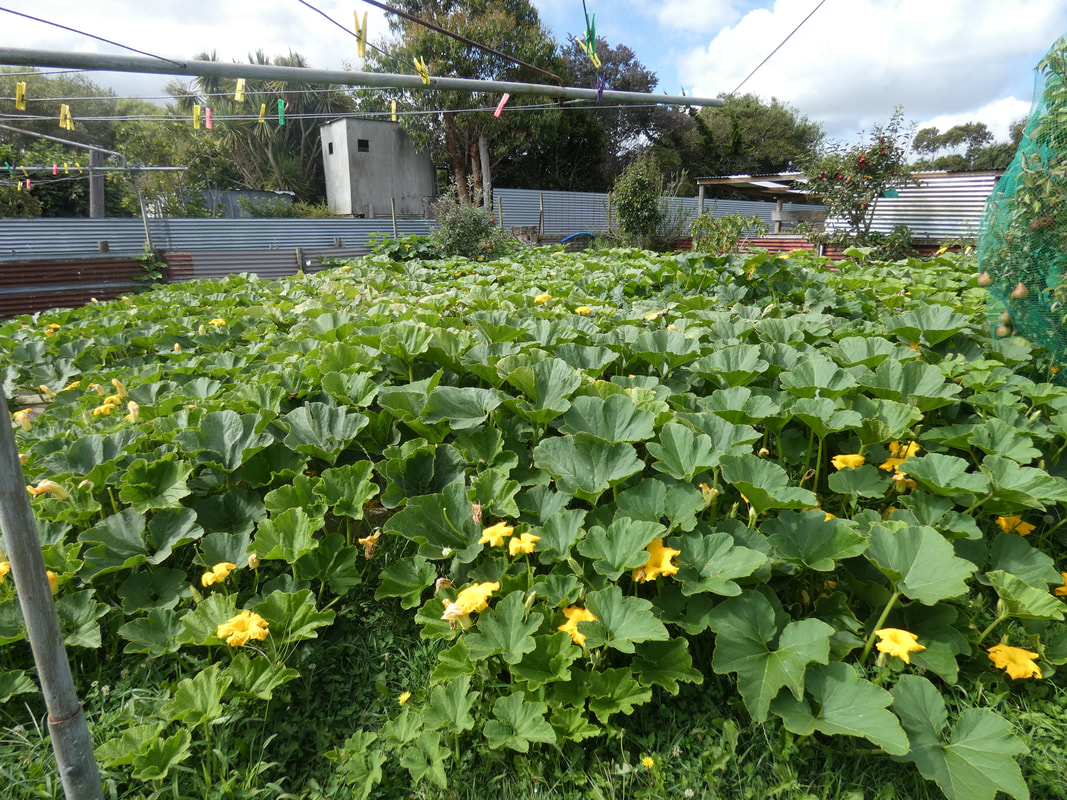
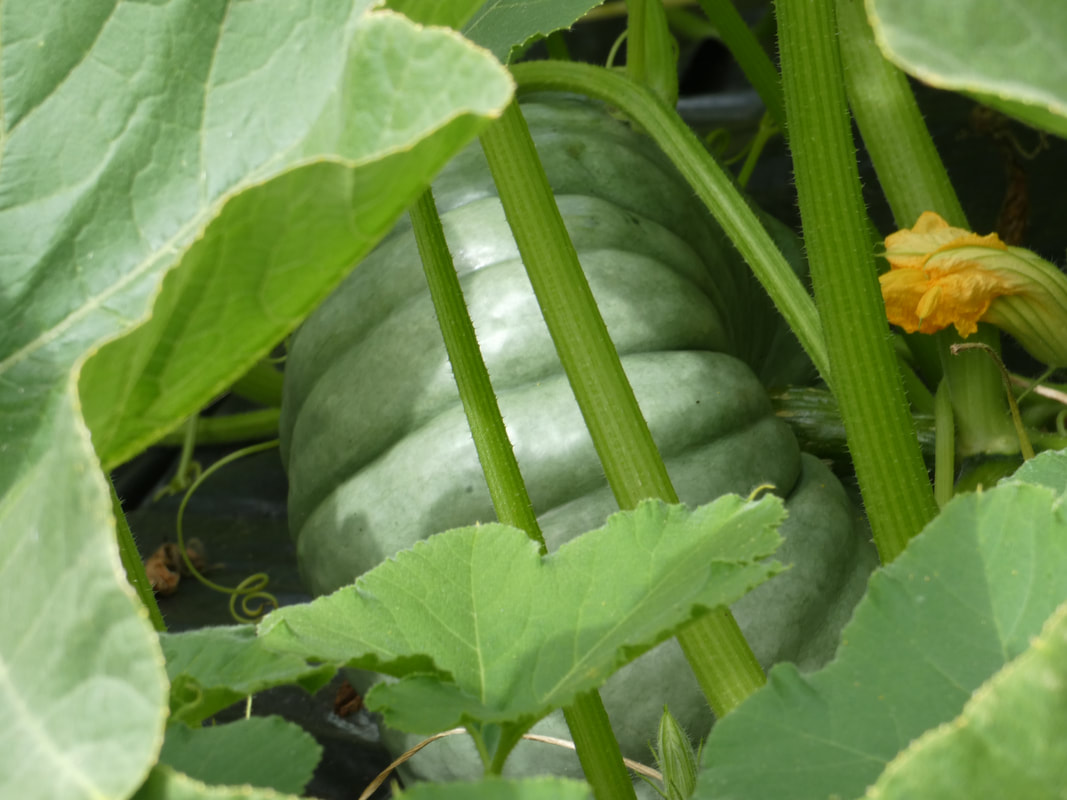
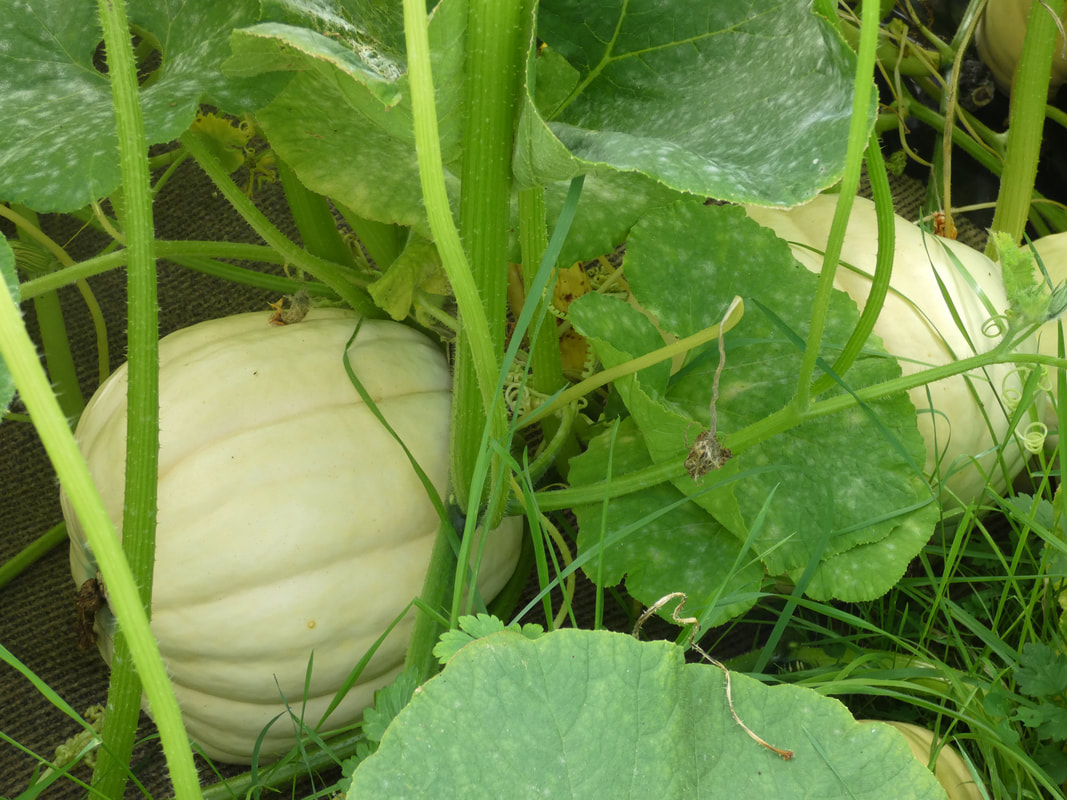
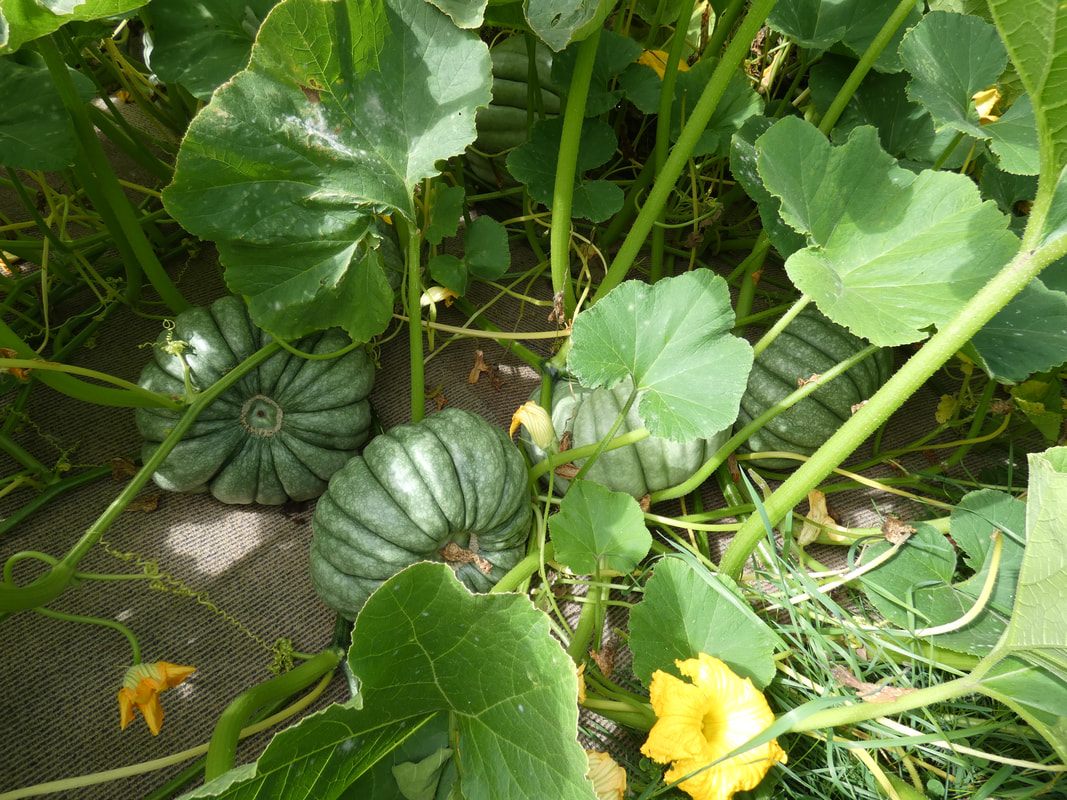
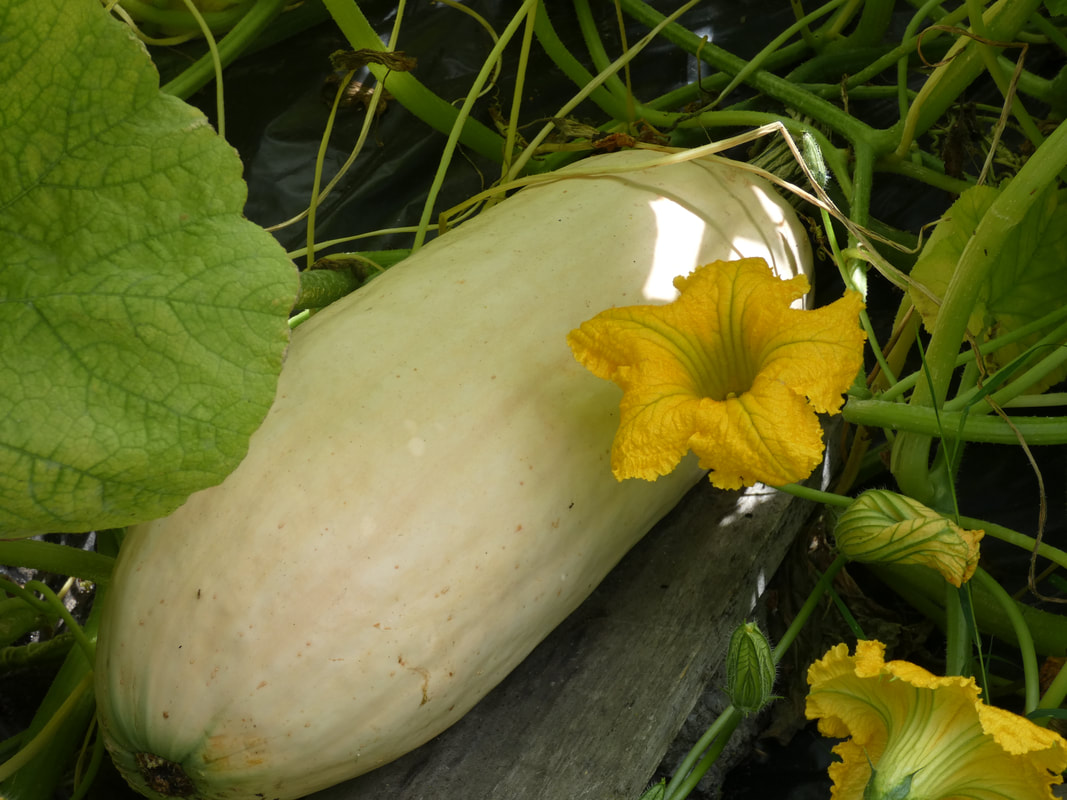
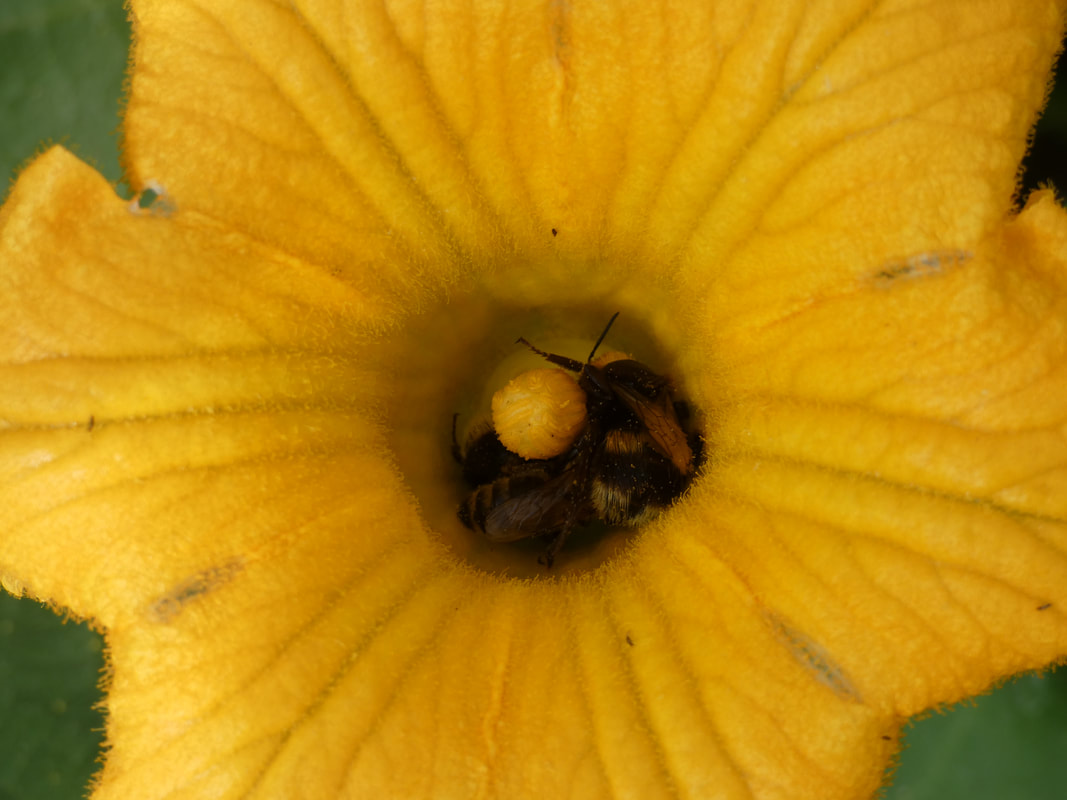
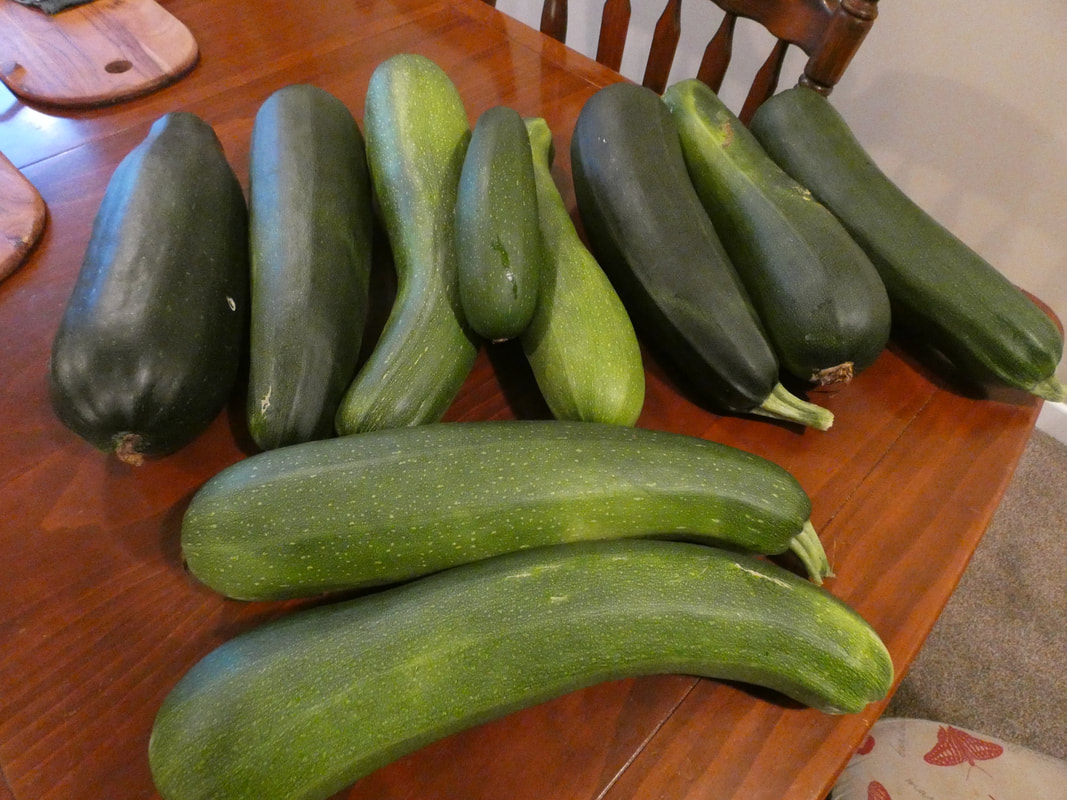
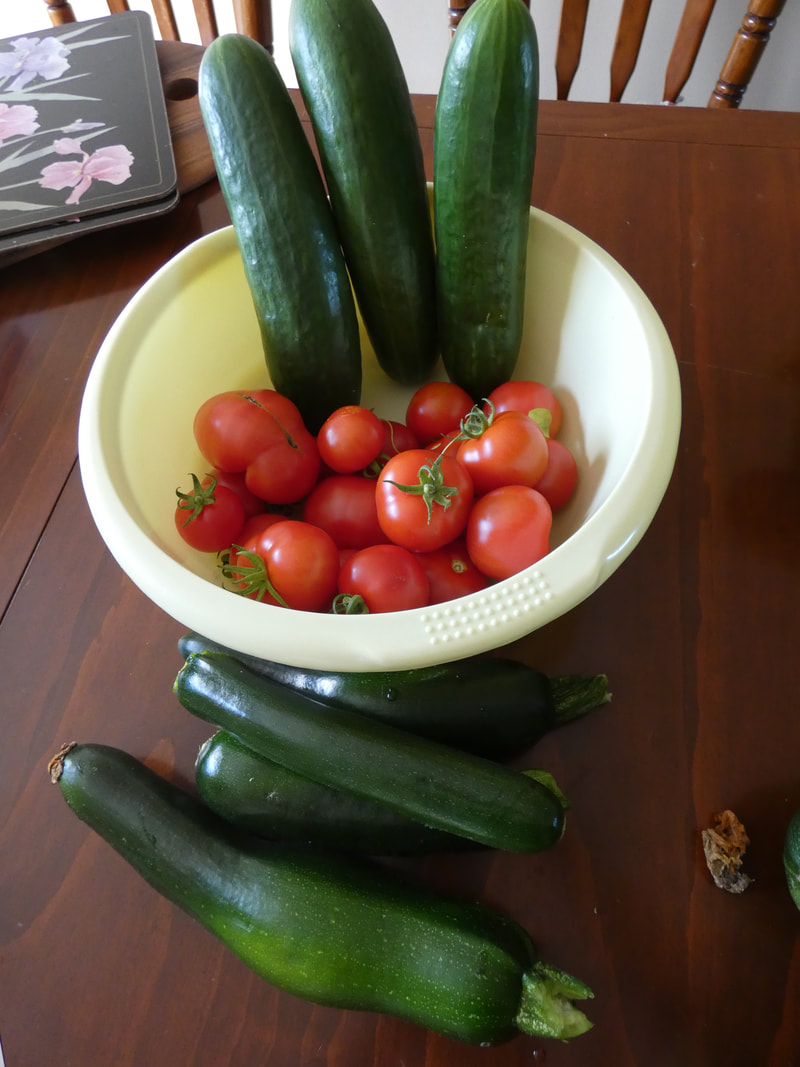
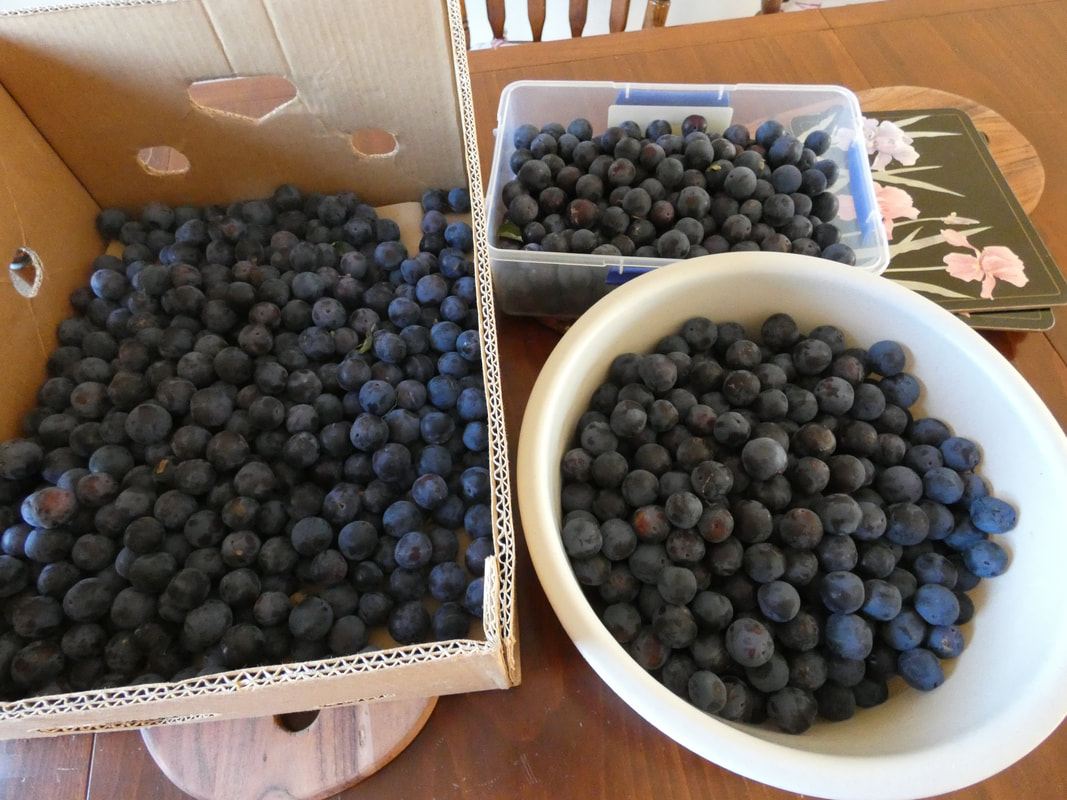
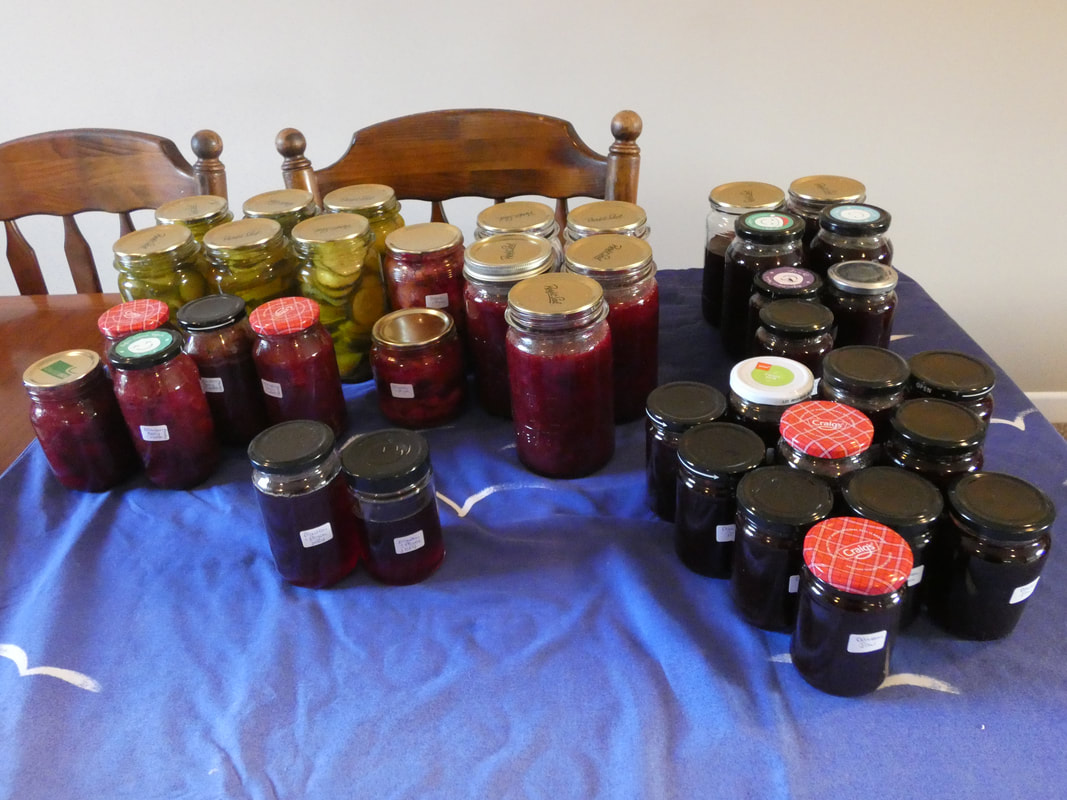
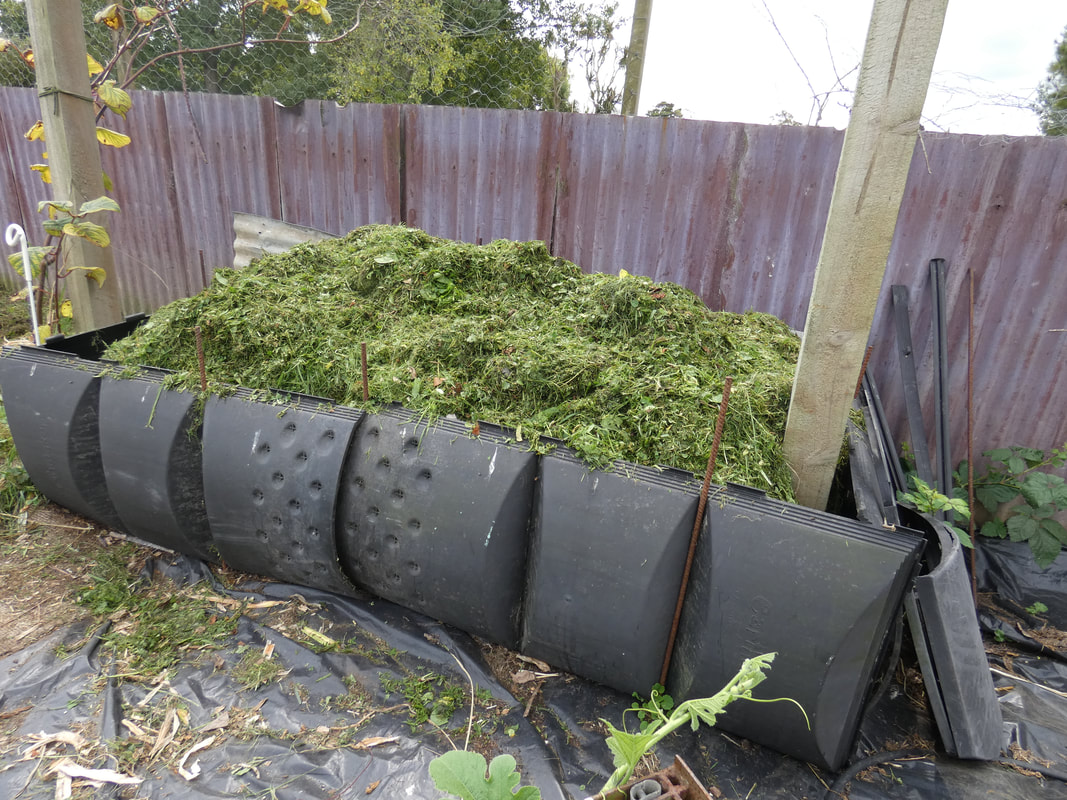
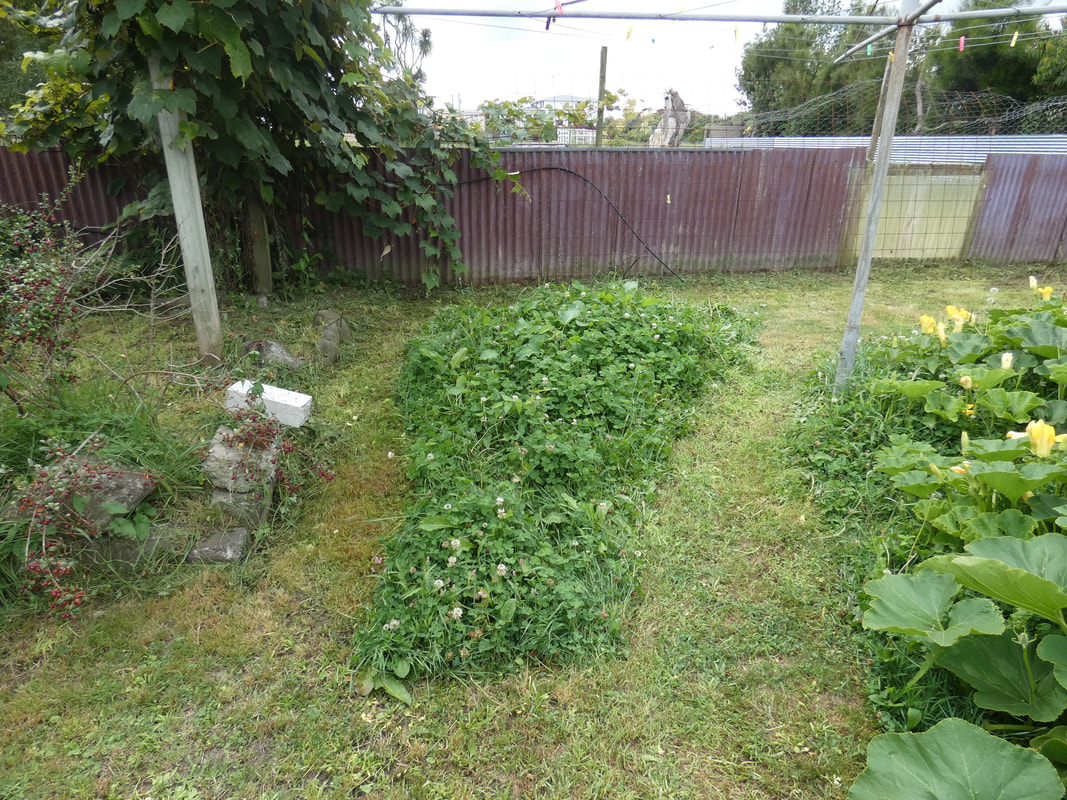
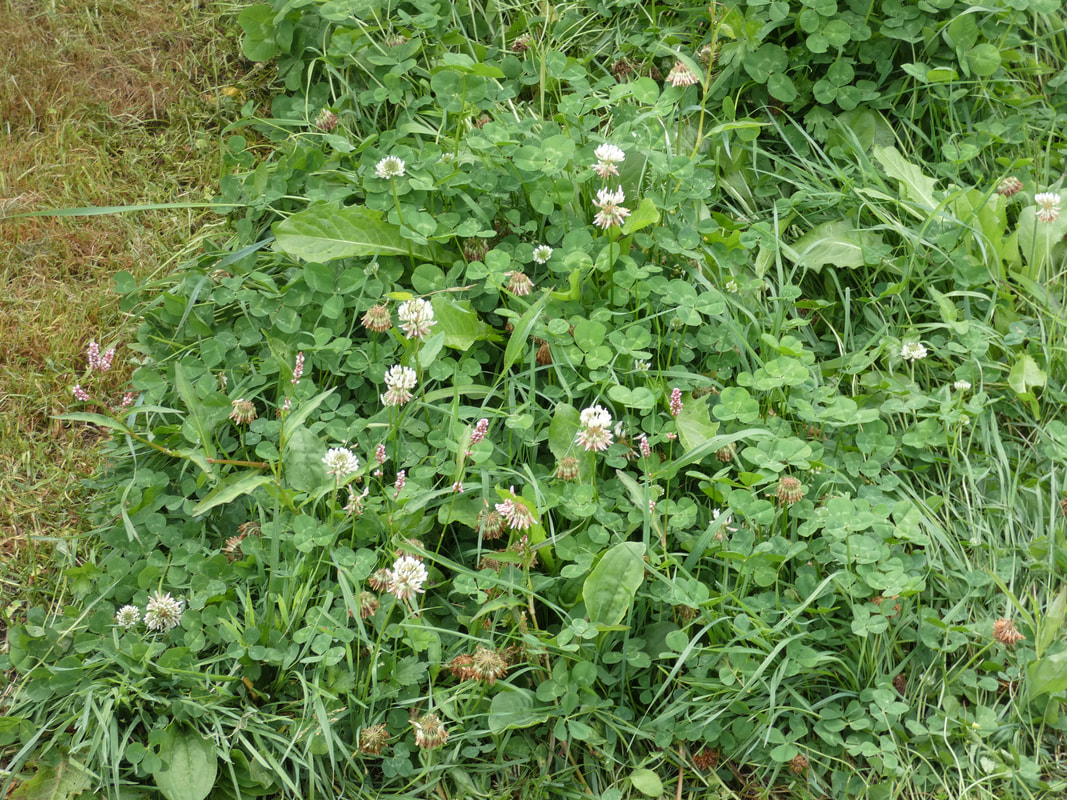
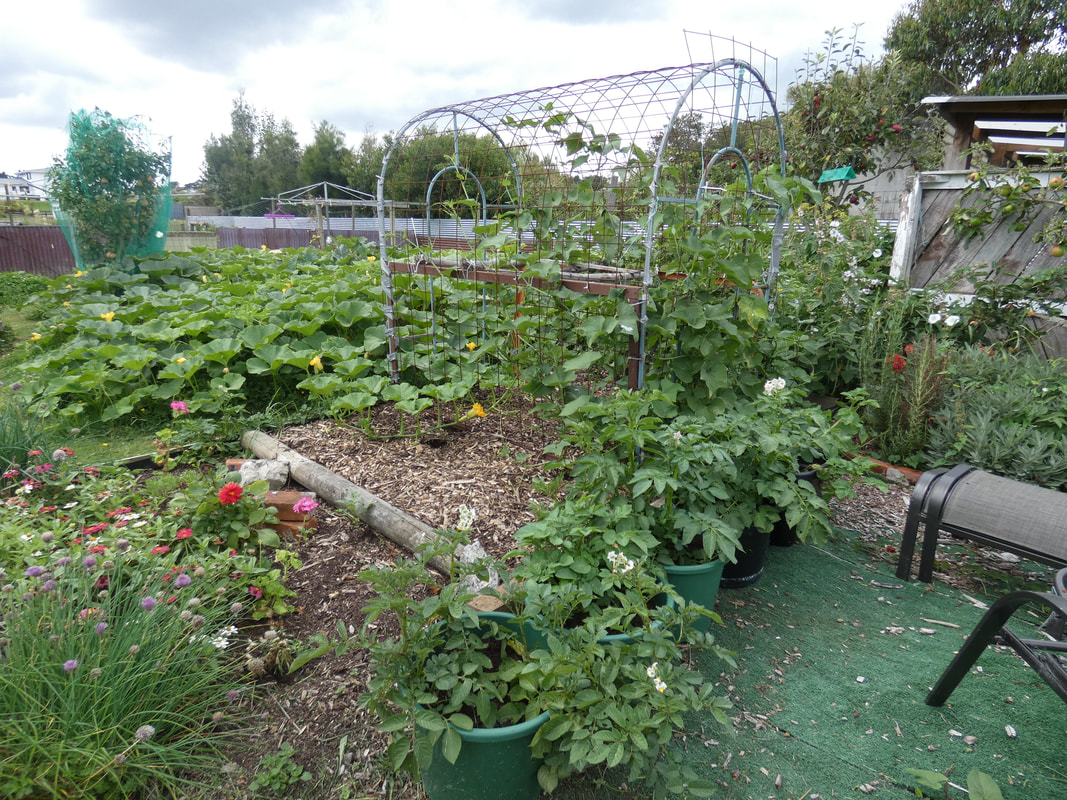
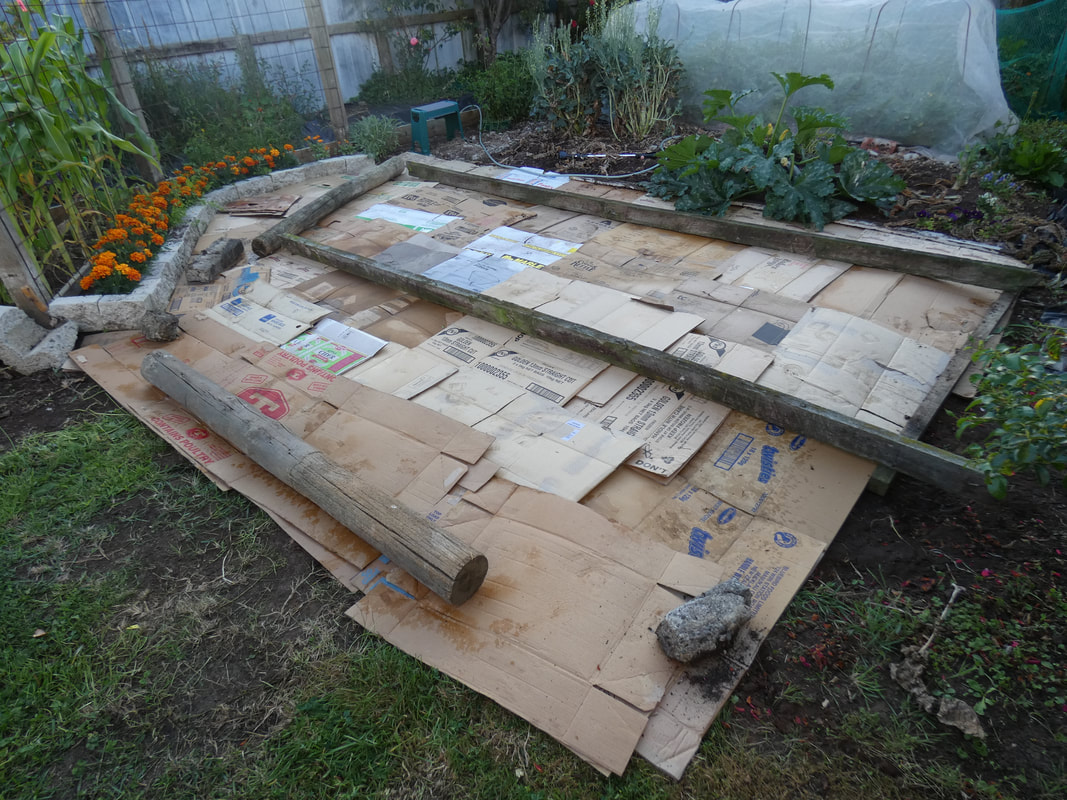
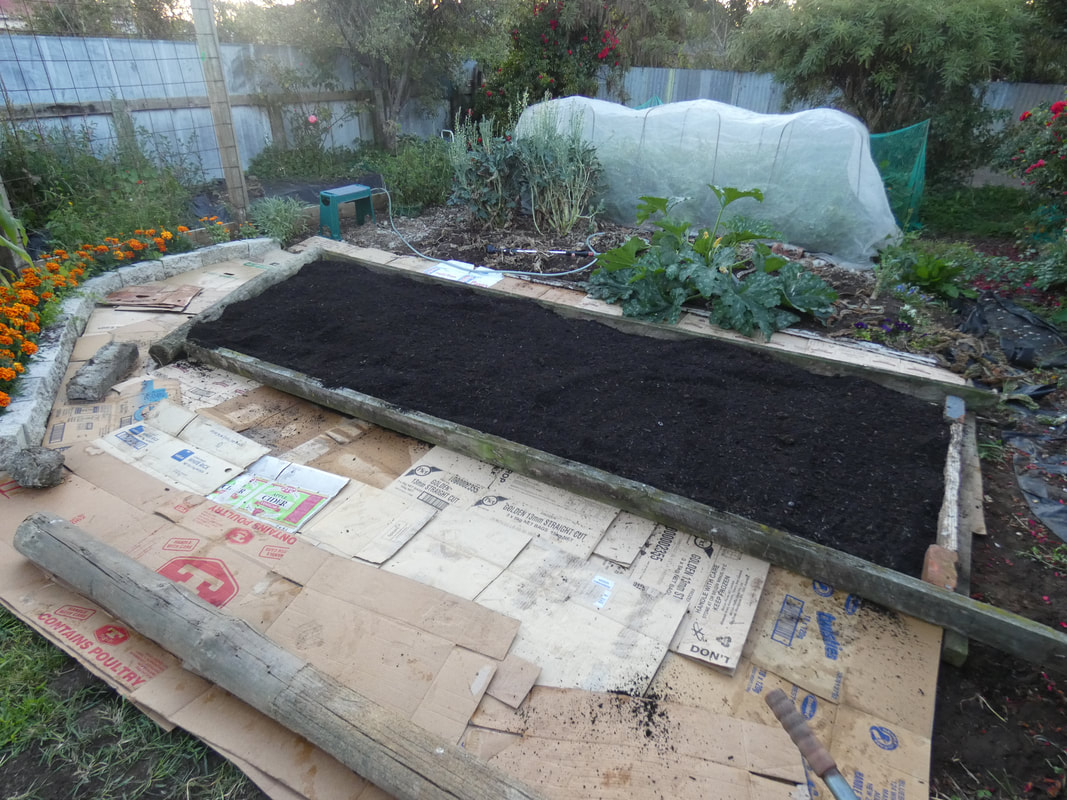
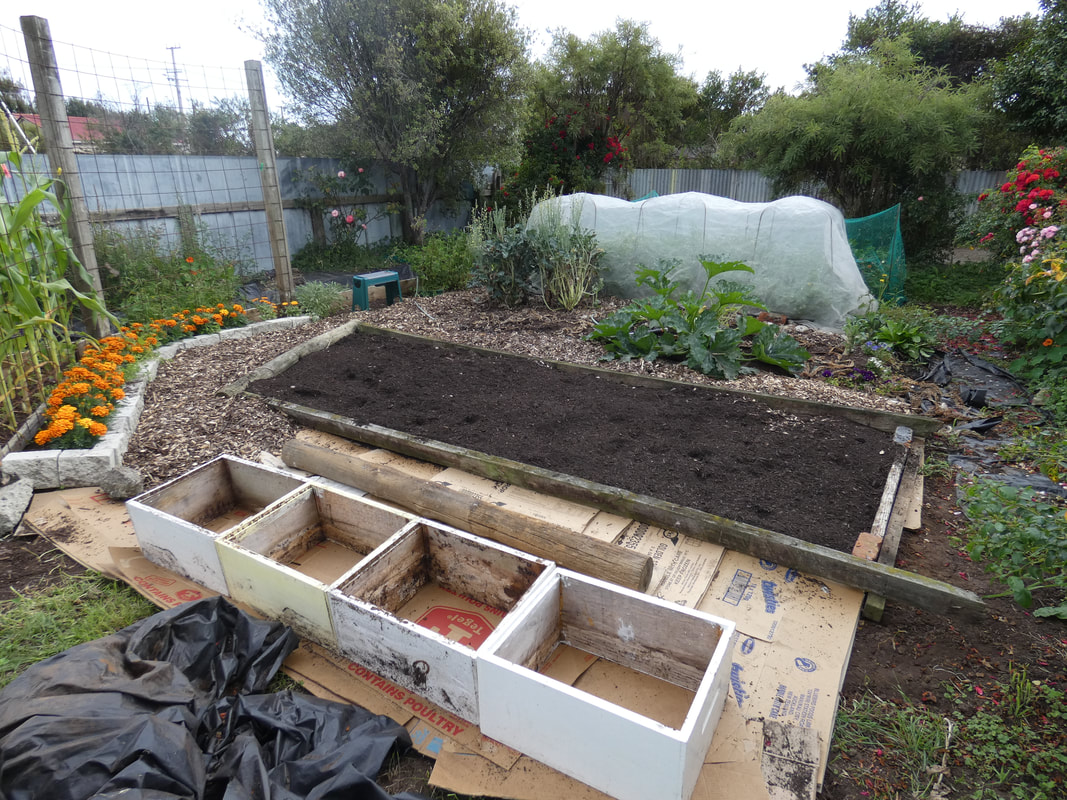
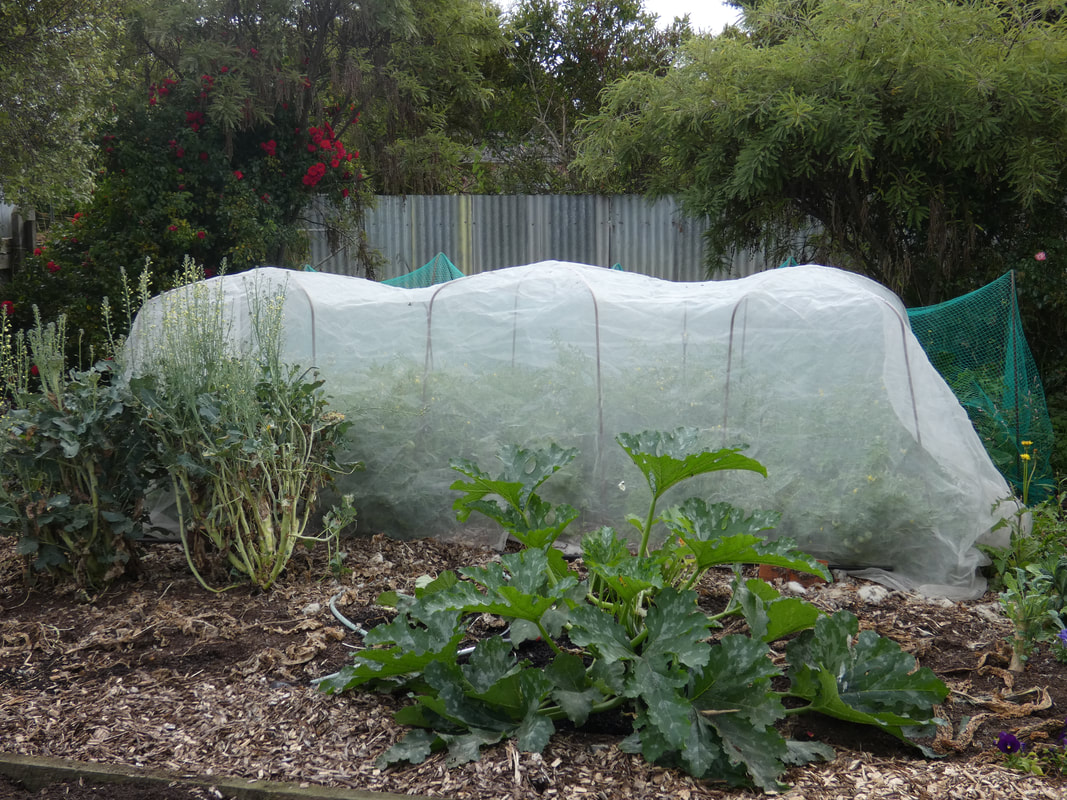
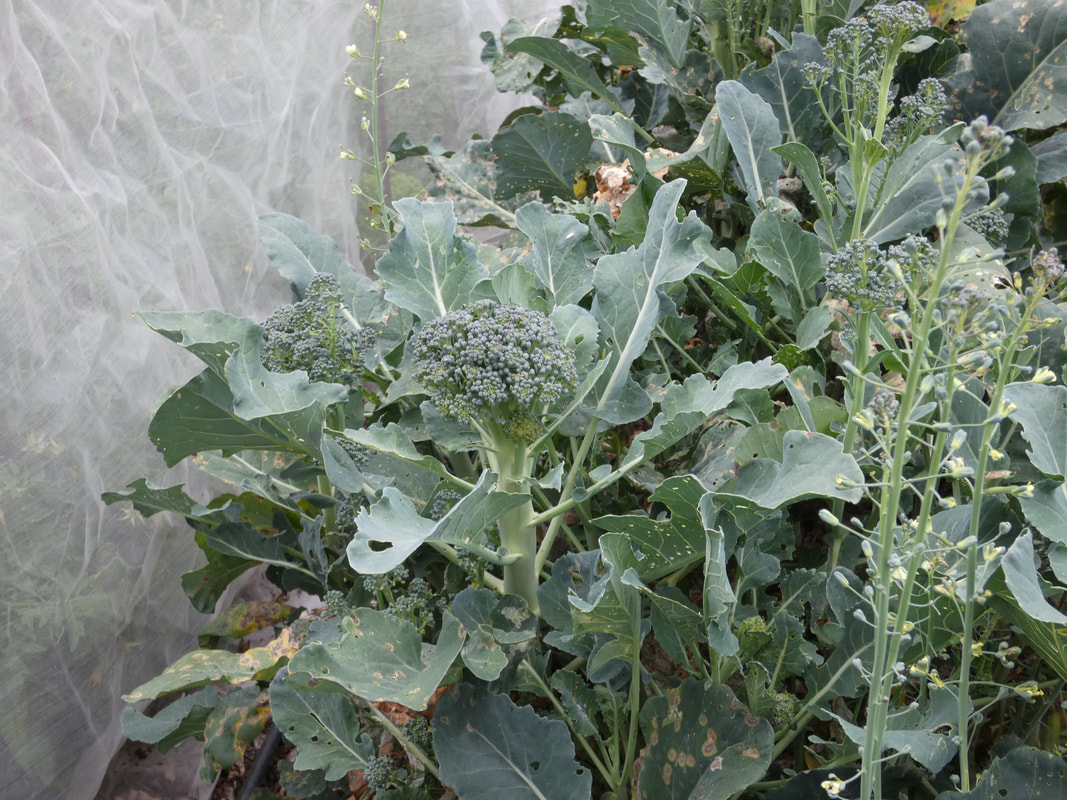
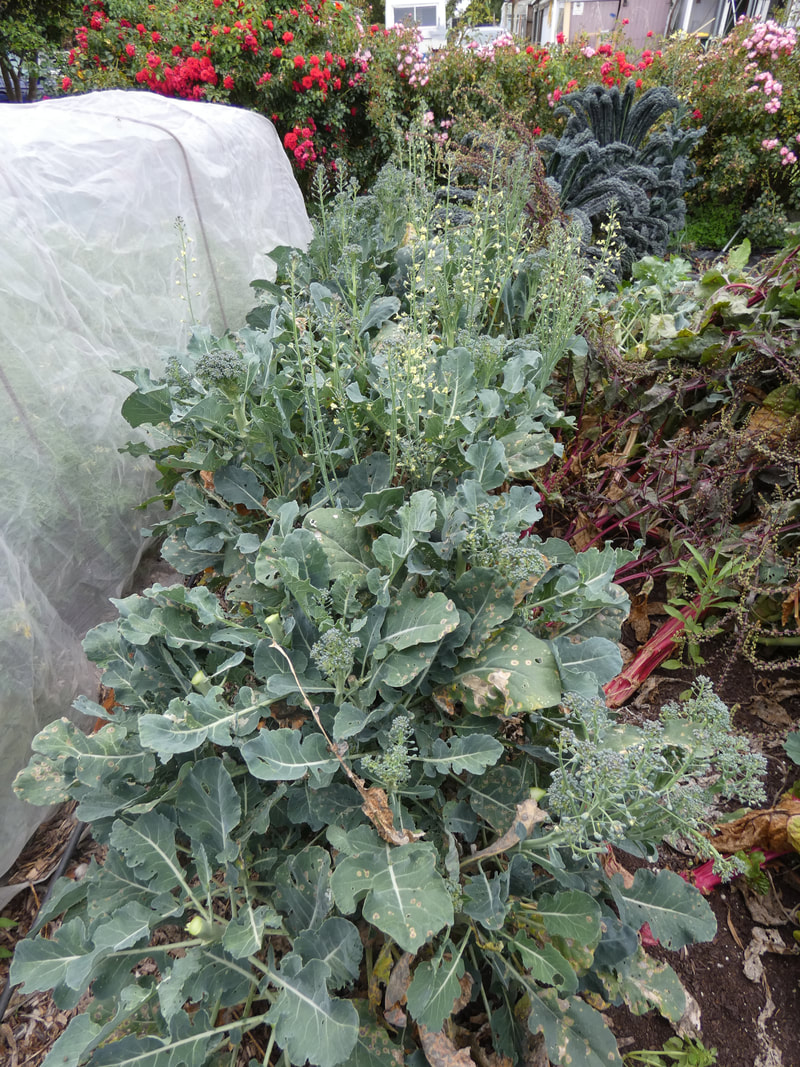
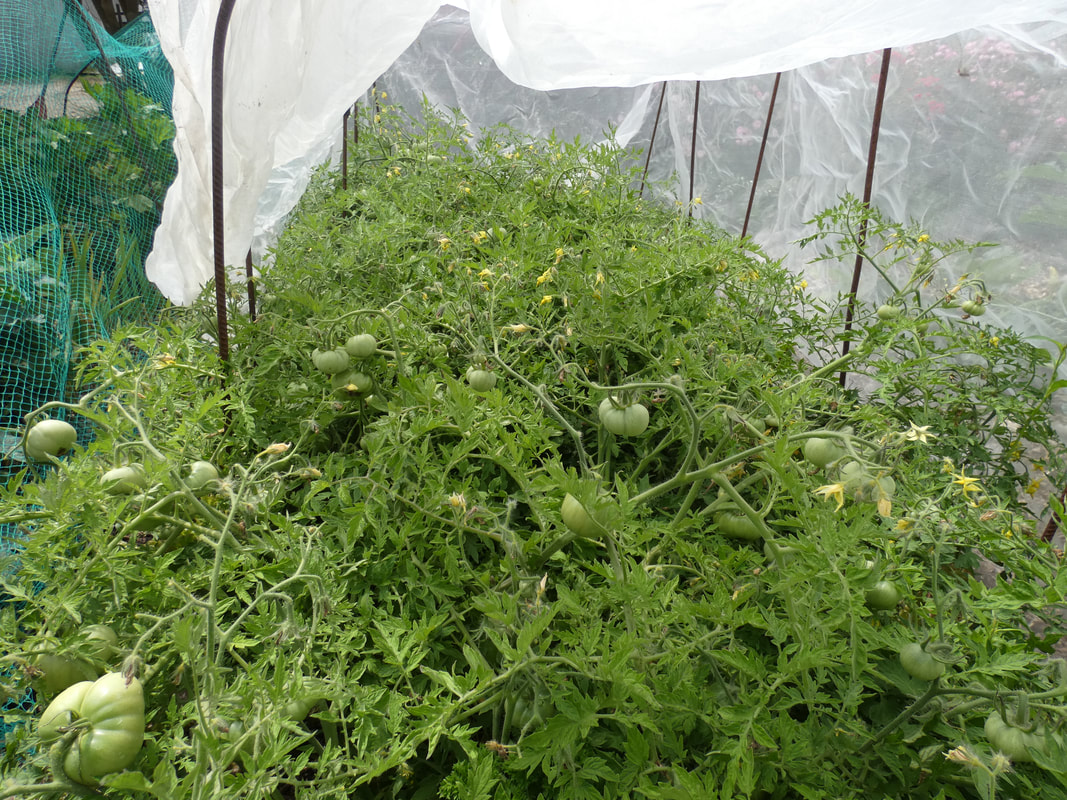
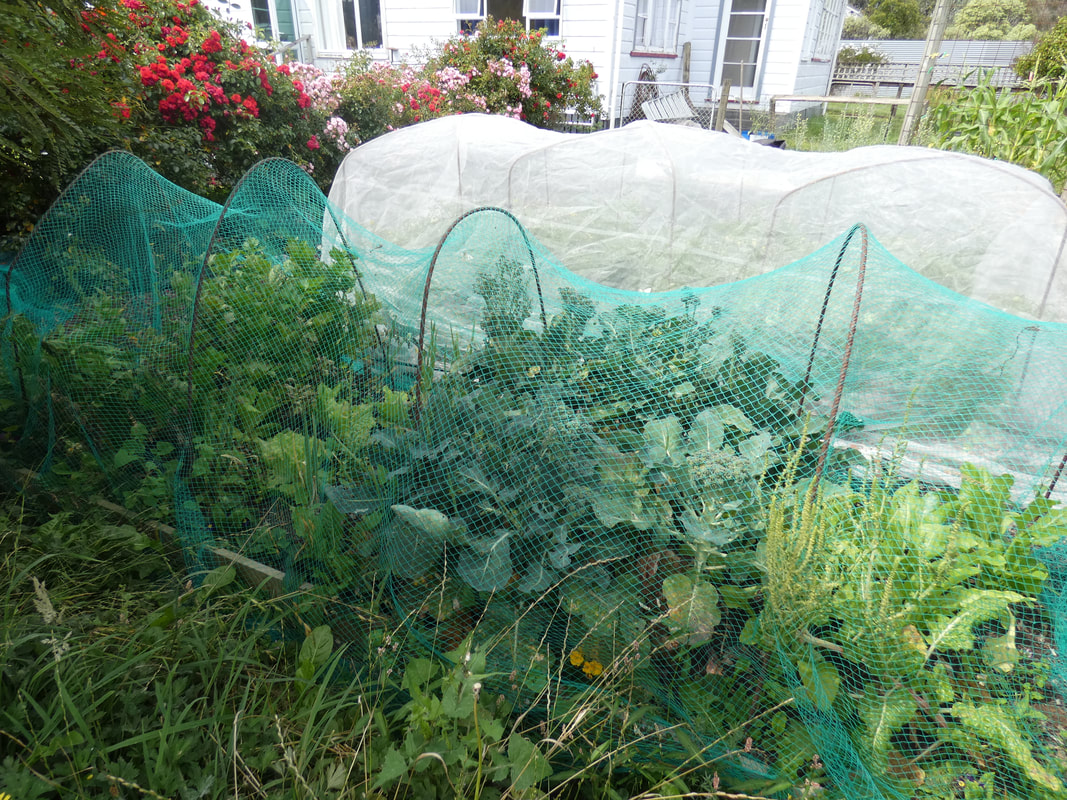
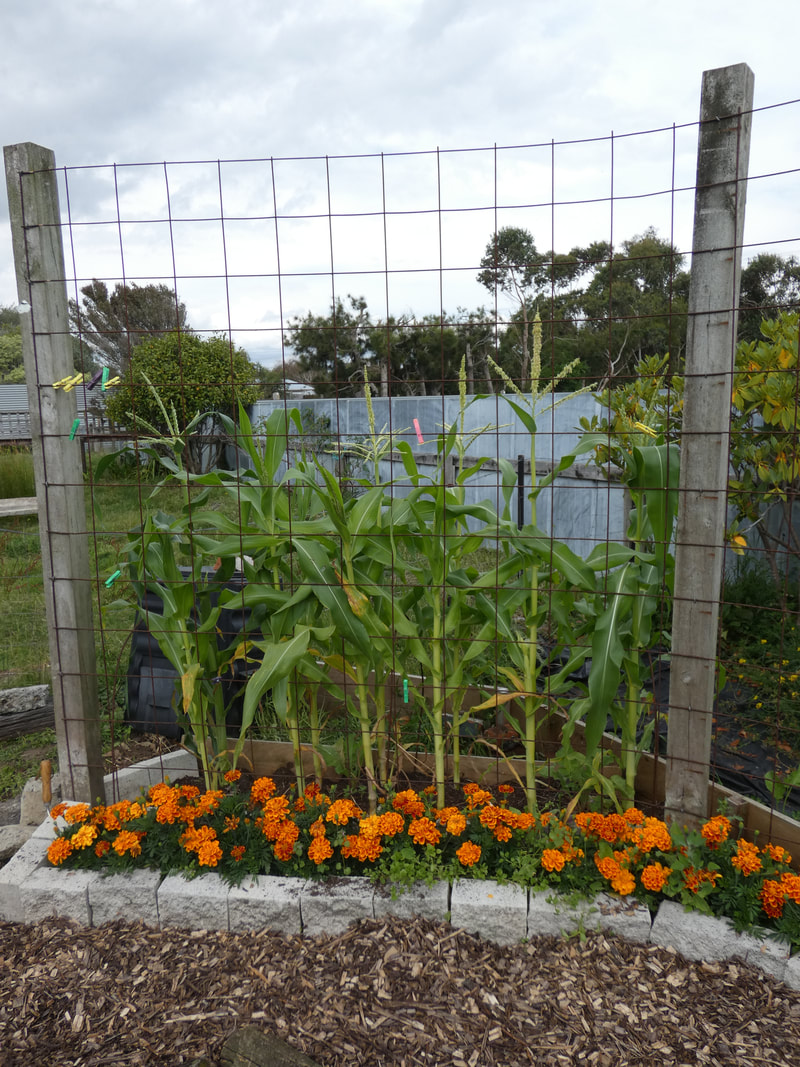
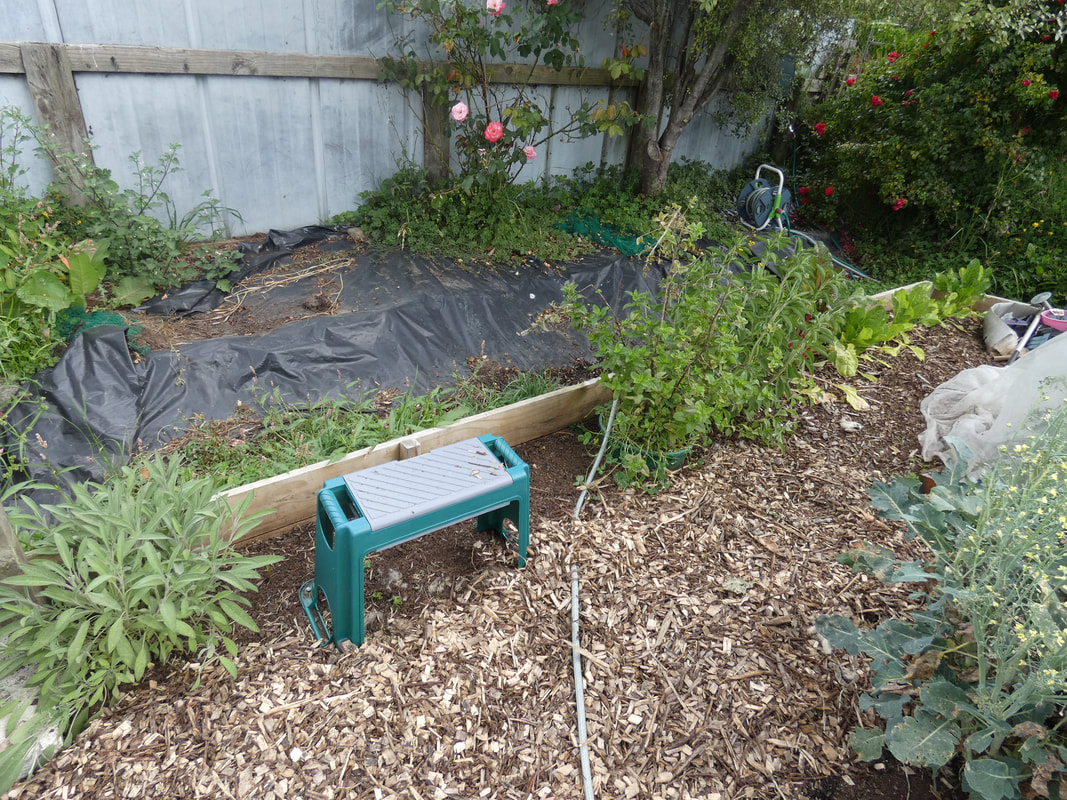
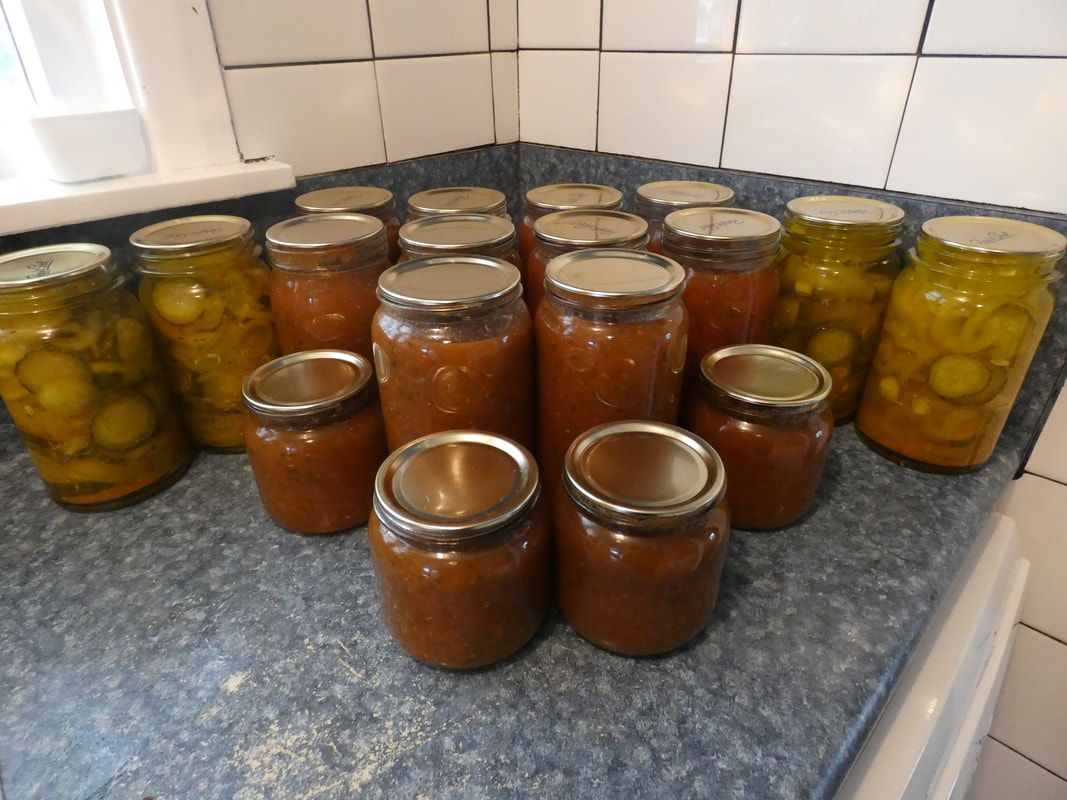
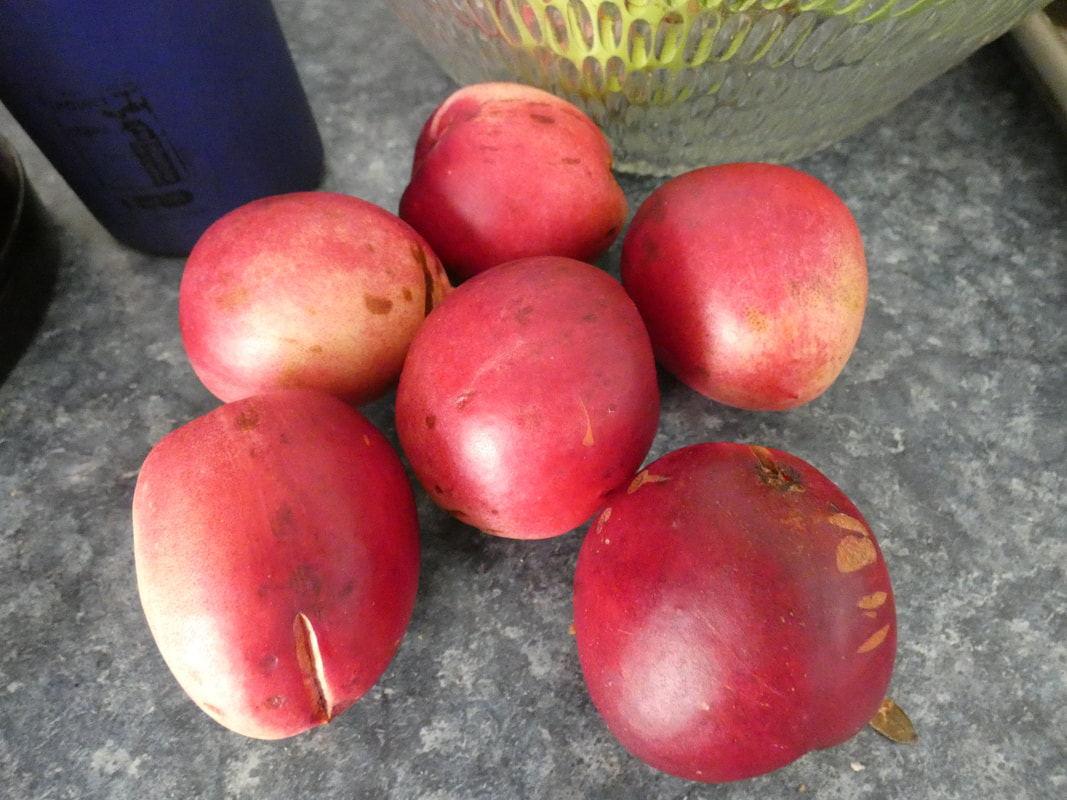



 RSS Feed
RSS Feed
